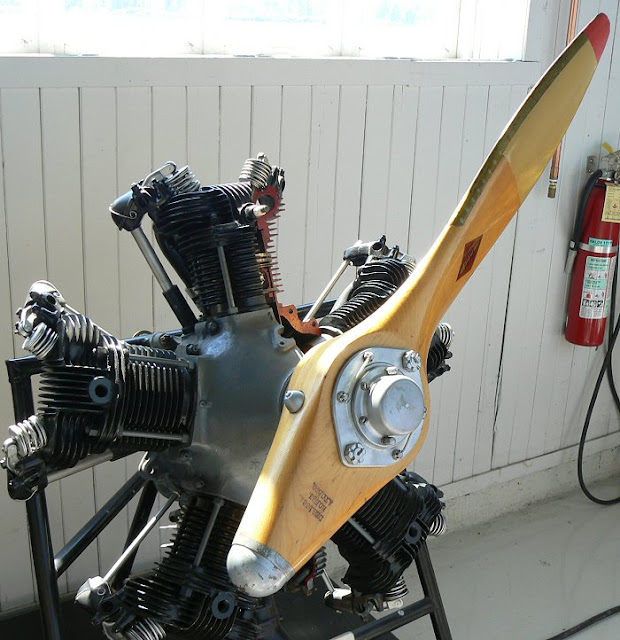For performance it is so much horsepower per blade. Im not sure of the numbers but I think its 100 hp per blade and this is actual horsepower, not engine rated maximum.
So ideal for 200-300hp engine is 2 blades, 300-400hp for 3 blades etc.
Trouble is its just something I heard, not substatiated. And the 100hp may be wrong, they might be other actual hp numbers. But the principal makes sense. More hp more blades.
Three blades look cooler. Three blade might be smoother.
So ideal for 200-300hp engine is 2 blades, 300-400hp for 3 blades etc.
Trouble is its just something I heard, not substatiated. And the 100hp may be wrong, they might be other actual hp numbers. But the principal makes sense. More hp more blades.
Three blades look cooler. Three blade might be smoother.
Last edited:



 ....
....